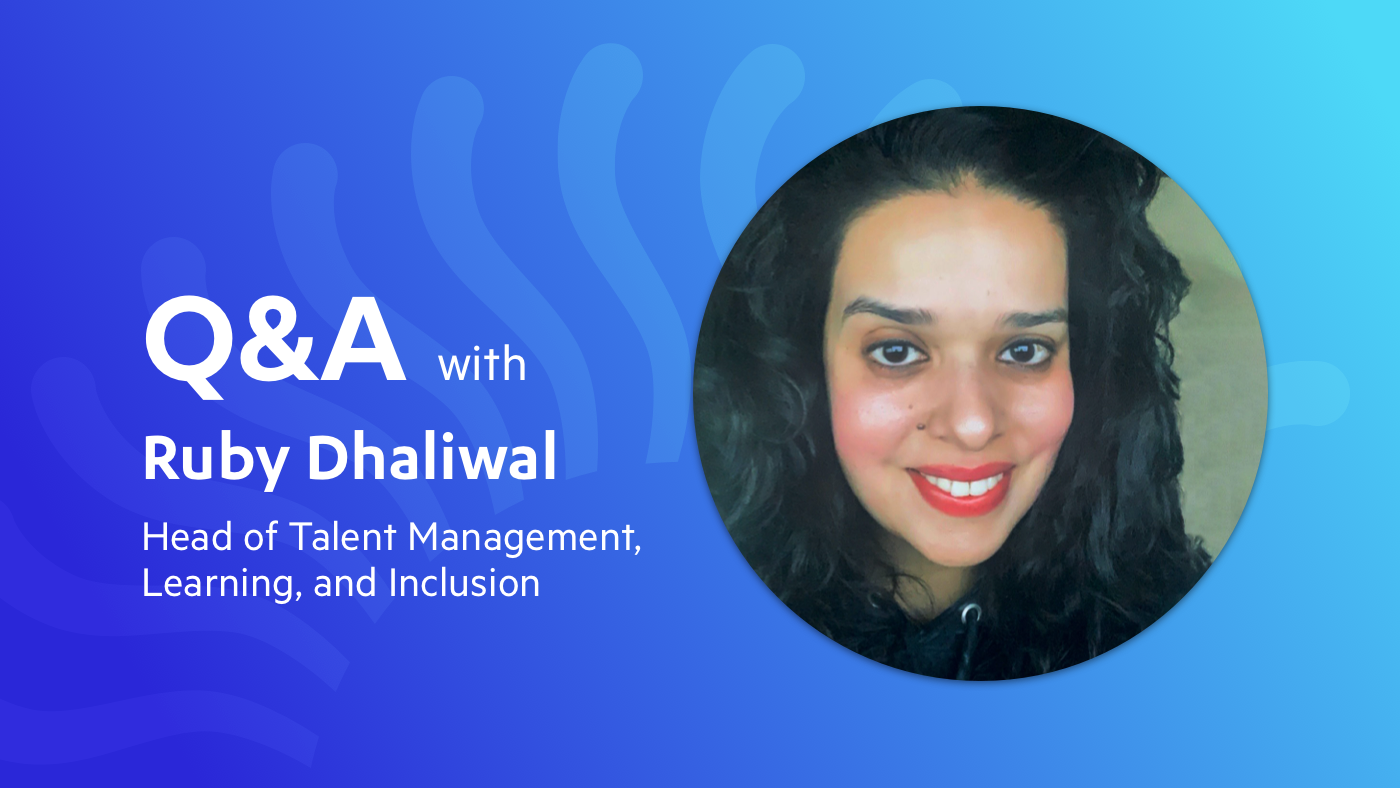In our new blog series, Meet Castlight, we’re featuring some of the best hearts and minds that drive our business.
In this Q&A, we learn more about our Vice President of Analytics and Operations, Heather Hagg.
What is your role? How does it support Castlight’s mission?
To advance Castlight’s mission of simplifying healthcare navigation, it’s important to establish the value that a streamlined healthcare journey can provide to our members and our partner organizations.
For members, this value often lies in being able to make the best, most informed healthcare decisions for themselves and their families. For partner organizations, this means using their organization’s health benefits dollars in the most effective and efficient way.
In my role at Castlight, I work with incredibly talented Operations and Analytics teams to ensure that our platform continues to be best in class at driving value to our members and partner organizations.
What led to your decision to join the Castlight team?
I was drawn to the way that the Castlight mission permeates throughout the organization. Everyone that I met during the interview process could not only articulate the mission, but it was also clear that the mission drove their day to day work.
What’s your mantra in a few words?
Go See. Ask Why. Show Respect.
What this means: it’s important to go to the place where the work is happening and see for yourself. Seek first to understand before taking action. And always act in a way that demonstrates respect for the people around you.
This is the approach to leadership that I first learned when I was an entry-level process engineer at Intel. I’ve continued to develop my skills in applying this across my career (it’s a never-ending journey).
What’s the biggest challenge and opportunity for leadership with a remote workforce?
I’ve managed remote teams for most of my career. At the VA (Veterans Affairs), the majority of our 400+ staff and contractors worked remotely. Many of these staff members were veterans and military spouses. There were countless challenges, but also amazing success stories as we navigated building the structures to effectively manage such a large virtual staff.
One lesson learned: maintaining trust between managers and employees is often a challenge with a remote workforce. How can managers be certain that people are doing the right things if they can’t physically oversee them?
This is especially true in organizations where internal systems and processes are designed for teams working in an office together. The opportunity lies in building and maintaining trust through acknowledging that it’s the internal systems and processes that need to be reviewed and changed, rather than assuming the remote staff is not effective.
A good example of this is working hours. When staff work from the same office, they work similar schedules. Remote workforces are often spread throughout different time zones. If remote staff are missing critical meetings, it’s easy to jump to conclusions about their commitment to the organization.
To maintain trust, we need to make sure that the expectations for working hours and meeting attendance (as well as timekeeping and scheduling systems) are updated and aligned to account for staff availability.
What are you passionate about outside of work?
I love to teach and since leaving Purdue, I’ve really missed engaging with students. This fall, I’m (remotely) teaching graduate Operations Management for Healthcare Organizations at the Robert F. Wagner Graduate School of Public Service at NYU. Very exciting!!



